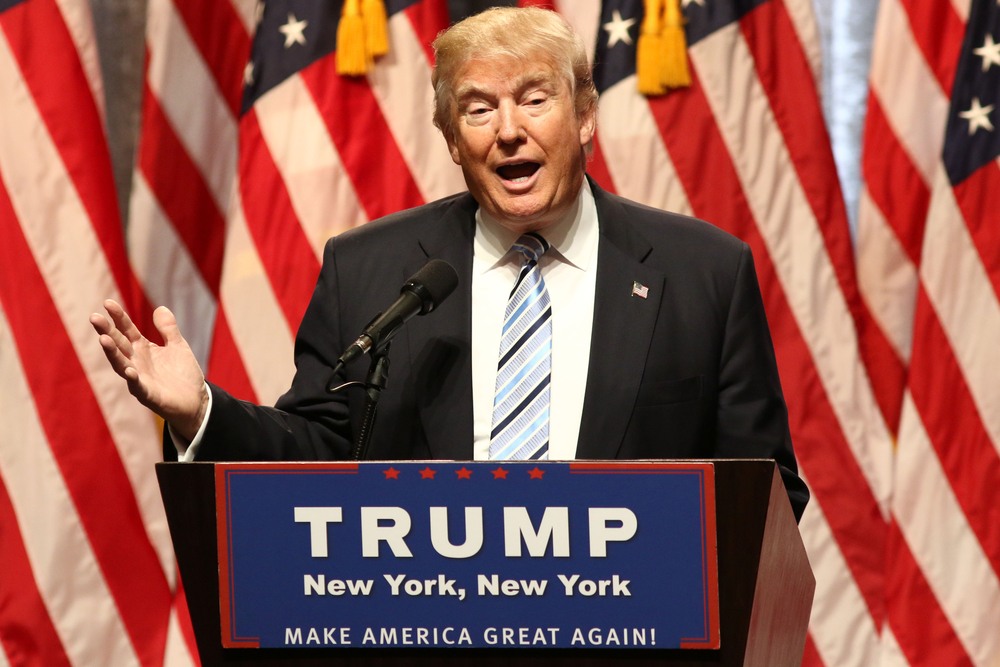Key Takeaways:
- The U.S. will impose new tariffs on imports from China, Canada, and Mexico.
- The tariffs are linked to concerns over drug smuggling, particularly fentanyl.
- China will face an additional 10% tariff starting March 4.
- Canada and Mexico will see tariffs resume next week after a month-long pause.
- These moves could strain trade relationships and spark retaliation.
The U.S. is set to impose new tariffs on imports from China, Canada, and Mexico. President Donald Trump made the announcement, citing the growing fentanyl crisis as the main reason. The move aims to pressure these countries to address drug smuggling into the United States.
Starting March 4, China will face an additional 10% tariff on its exports to the U.S. This comes on top of a recent 10% tariff hike already imposed on Chinese goods. Meanwhile, tariffs on Canadian and Mexican imports, which were paused earlier this month, will resume next week. These tariffs were initially proposed due to illegal immigration and the deadly impact of fentanyl.
The decision has sparked concerns among the affected countries, with China, Canada, and Mexico warning of potential retaliation and strained trade relations.
The Tariffs Explained
The U.S. government has been struggling to curb the flow of fentanyl, a highly addictive and dangerous drug, into the country. Fentanyl is often smuggled across the southern border from Mexico and is linked to a surge in overdose deaths. While some of the drug’s ingredients come from China, much of it is produced in Mexico.
President Trump has been vocal about holding these countries accountable. He stated that the tariffs will remain in place until the fentanyl issue is “seriously limited” or resolved. The U.S. believes that imposing financial penalties will push China, Canada, and Mexico to take stronger action against drug trafficking.
In addition to the fentanyl-related tariffs, Trump has announced plans for “reciprocal tariffs” starting April 2. These tariffs will be tailored to each trading partner, with the idea of matching how other countries treat U.S. exports. The goal is to create a more balanced trade relationship.
Reactions from Affected Countries
China, Canada, and Mexico have all expressed opposition to the tariffs. Chinese Commerce Minister Wang Wentao called the moves “unacceptable” and said China would take countermeasures to protect its interests. Mexico’s President Claudia Sheinbaum hopes to negotiate with Trump to avoid the tariffs, while a Canadian business leader warned that the tariffs could threaten the North American free trade agreement.
Beijing has argued that the fentanyl problem is primarily a U.S. issue and that China is already taking steps to control the export of drug precursors. However, the U.S. believes more needs to be done.
How the Crisis Started
The fentanyl crisis in the U.S. has been escalating for years, with overdose deaths reaching record levels. Much of the drug is produced in Mexico using chemical ingredients from China. While some of these chemicals are regulated, others are still being exported legally.
The U.S. has been pushing China to crack down on the production and export of these chemicals. However, progress has been slow, leading to growing frustration in Washington. The tariffs are seen as a way to force quicker action.
In February, China warned that new tariffs could harm cooperation on counternarcotics efforts. The country has also emphasized that the U.S. needs to address its own demand for illegal drugs.
What’s Next?
The tariffs on China, Canada, and Mexico are set to take effect soon, but there is still room for negotiation. A high-level Mexican delegation is currently in Washington trying to reach an agreement. Similarly, Canada is hoping to find a solution before the tariffs resume.
The U.S. government has also announced plans to study trade issues and determine how best to apply the reciprocal tariffs. The details of these tariffs will be released after the studies are complete.
While the tariffs aim to address the fentanyl crisis, they could have broader implications for trade and international relations. The move has already sparked concerns about retaliation and the potential impact on the global economy.
As the situation unfolds, one thing is clear: the fentanyl crisis and the tariffs imposed in response are adding new layers of tension to U.S. trade relationships with China, Canada, and Mexico. Whether these measures will lead to meaningful change remains to be seen.

